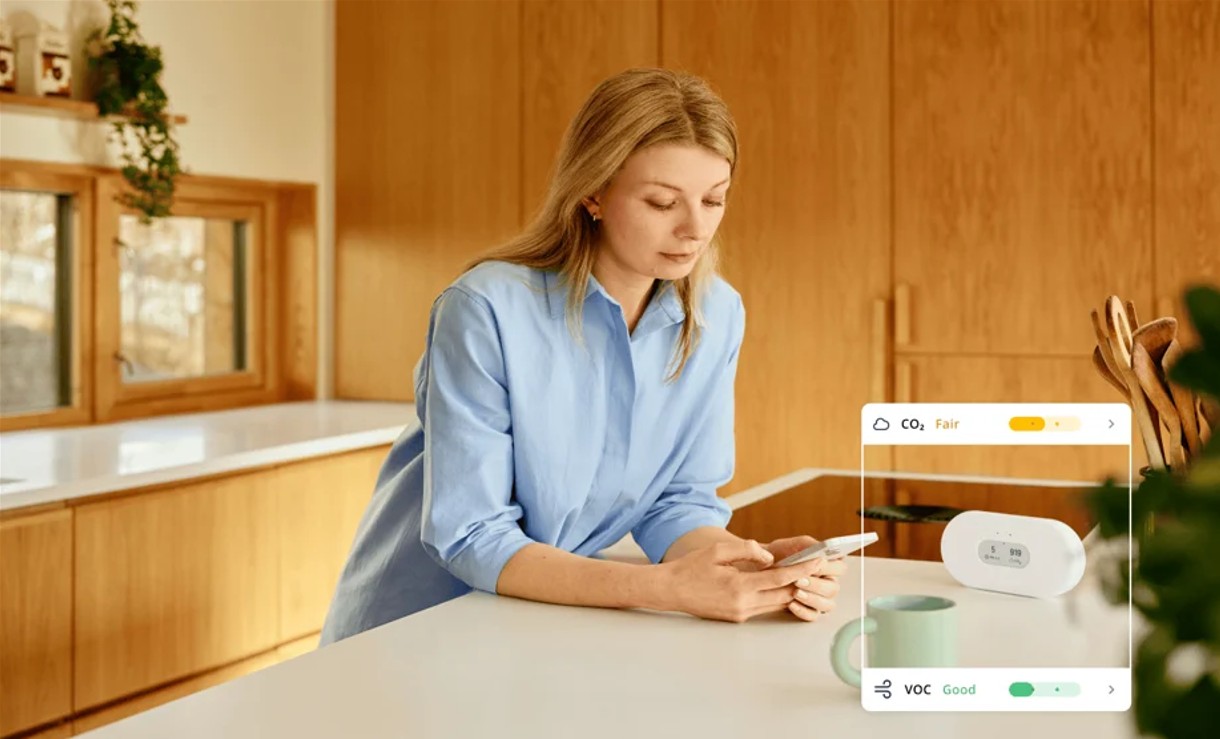When we think of a healthy home, most of us imagine spotless surfaces, fresh scents, and clutter-free rooms. While these are certainly part of the equation, there’s a hidden aspect of wellness many overlook: indoor air quality. From the HVAC systems that regulate temperature – like those discussed on www.galarson.com, to the everyday dust and allergens that settle on furniture, what’s in the air we breathe inside our homes has a profound impact on our health and well-being.
Why Indoor Air Quality Matters More Than Ever
Modern life means more time spent indoors. Between working from home, entertainment, and sleep, the average person can spend up to 90% of their day inside. This makes indoor air quality not just a comfort issue, but a critical factor for long-term health. Poor air circulation, airborne pollutants, and exposure to harsh chemicals can all lead to respiratory problems, fatigue, allergies, and worsened symptoms for people with asthma or other chronic conditions.
Interestingly, indoor air can sometimes be more polluted than the air outside. This is especially true in tightly sealed buildings that lack proper ventilation or in homes where cleaning routines rely heavily on synthetic fragrances and chemical-heavy products.
The Role of HVAC Systems and Refrigerants
A major contributor to air quality is the HVAC system. It controls temperature, humidity, and air circulation, all of which directly affect how healthy a space feels. But not all cooling systems are created equal. One of the less visible elements of HVAC performance is the type of refrigerant used.
Traditional refrigerants are being phased out due to their environmental impact and safety concerns. Newer refrigerants in the A2L classification are designed to be more eco-conscious and less flammable, making them safer for residential use. These refrigerants, while promising, still require careful handling, proper installation, and ongoing system maintenance to ensure they perform safely and efficiently. If these systems leak or are poorly maintained, they can negatively impact both environmental and indoor air quality.
HVAC systems also depend on clean filters and regular servicing. A neglected unit can harbor mold, bacteria, and dust buildup – releasing these contaminants into the air you breathe. Simply upgrading your system or investing in safer, modern refrigerants isn’t enough; the entire system must be managed with indoor air health in mind.
Cleaning for More Than Just Appearance
While HVAC systems address temperature and airflow, routine cleaning addresses what lingers in the environment, dust, pet dander, pollen, bacteria, and invisible pollutants that settle on every surface. Deep cleaning services can drastically reduce these indoor allergens and improve the overall cleanliness and feel of your space.
Regular vacuuming, dusting, and disinfecting are essential for minimizing respiratory irritants. But what really makes the difference is the use of non-toxic, eco-friendly cleaning products and techniques, along with ongoing maintenance to keep your house clean. Harsh chemical cleaners can leave behind fumes that degrade air quality even after the job is done. A home may look spotless, but if it smells of bleach or ammonia, the air can be more harmful than helpful.
Professional cleaning services that prioritize air-safe practices are a worthwhile investment. They often use HEPA-filter vacuums, microfiber cloths, and plant-based products that trap pollutants instead of stirring them up. These choices don’t just protect your furniture, they protect your lungs.
Two Worlds, One Goal: A Healthier Space
Whether it’s the technology that runs in the background or the cleaning routines we see every day, both play a vital role in shaping the air we breathe indoors. When HVAC systems use safer refrigerants and are maintained properly, and when cleaning is done with health and safety in mind, the result is a home that truly supports physical well-being.
Taking small steps to improve indoor air – like changing filters, using natural cleaning products, scheduling deep cleans, or upgrading HVAC systems – can have a lasting impact on your health and comfort. After all, clean air isn’t a luxury. It’s a foundation for a healthier, happier life.

